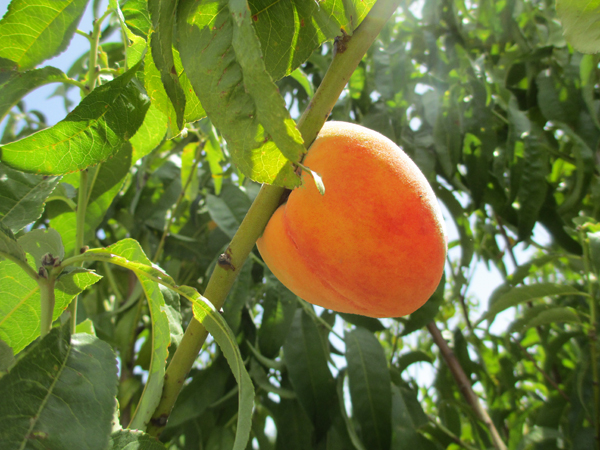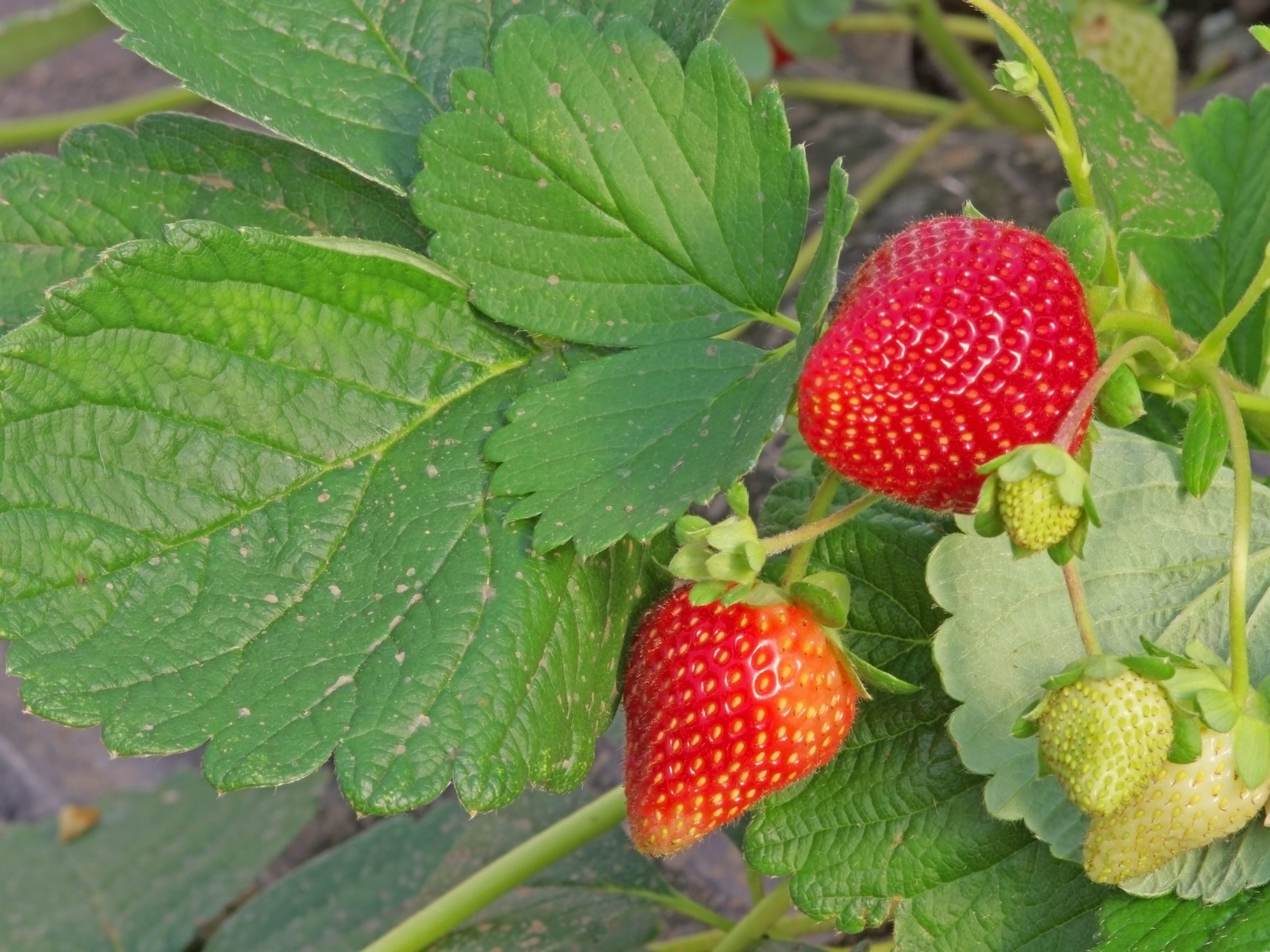Peach Tree Chilling?
Some varieties of fruit, such as peaches, plums, apricots, and apples, require a certain number of “chilling” hours in order to bloom and set fruit. This is usually calculated between October 1 and February 28/29, and is either calculated as the number of hours between 32 and 45 degrees or hours below 45 degrees F…depending on who is doing the calculating! When selecting a variety for your area, it is important to remember that a chilling requirement is not a hard and fast rule- it is a general guide. A 600 hour variety can be grown in an 800 or 400 hour area, but if the difference is more than 200 hours, serious problems may result. The flower and leaf buds require this chilling amount in order to overcome dormancy of the buds.
If a variety does not receive sufficient chilling hours, it will not bloom and grow as it usually does. This year, most areas in Central Texas did not receive adequate chilling hours for many varieties of peaches. In Burnet County, we live in an 800 chilling hour zone, and we usually plant peaches with 600-800 chilling hour requirements. This winter we received an average of 500 chilling hours. So what does that mean for your trees? Perhaps you noticed they did not bloom at all, or had a very light bloom. Many did not leaf out until very late, and the leaves were very slow to expand. Depending on the variety and its chilling hour requirement, you may get a light crop of peaches, or you may not get any. If your tree has a low chilling hour requirement, you will likely get some fruit. If your trees have a high chilling requirement, you may not get any fruit, and your leaves will be slow to leaf out. It will be important to keep up regular watering this summer so the leaves can produce carbohydrates to store for next year’s crop. Usually, one year of deficient chilling hours will not cause a tree to die. Some varieties may show more lasting effects than others. Trees with light canopies may experience sunscald. If necessary, paint the top of the scaffold limbs and south side of trunk with white paint to prevent scald. After trees have leafed out as much as you think they are going to, prune dead branches to allow living branches to develop. And remember, watering will be very important this summer to help the trees recover!



